Of all required academic literature in grade school, Sherlock Holmes was my absolute favorite. It combined two of my favorite things: Britain and justice. I found myself in awe at his ability to piece together comically complicated mysteries in such a great way. In real life, even the best detective wouldn’t make it past Chapter 1 without giving up and immediately changing professions.
You know my methods, Watson
Genealogy is detective work. If all of the answers were just given to you, there wouldn’t be any interest or excitement left over. And while a lot of the aspects of your results do reveal absolute truths and answers, many clues are often open to supplemental research and interpretation. For example, if you’ve taken one of our deep ancestral tests (mtDNA, Y-DNA), it should be understood that these tests are really good at tracing your deeper, more distant ancestry. These are not tests to find close relatives or give immediate answers about from which population you descend (or really anything about your more recent genealogy). They focus on DNA that doesn’t change, or mutate, often. As test results are based on these mutations and their rates of mutation, since these DNA types mutate less frequently, they look at much more distant, and broad, ancestry.
Misconceptions
There are some misconceptions about these types of results. For example, if you’ve taken an mtDNA or Y-DNA test, you’ll have a section in the results titled, Ancestral Origins. For many, this page consists of a page of countries, with other stats sprinkled in. To be clear, this is not a page that shows your definitive countries of origin. Instead, it is looking at your (mtDNA or Y-DNA) Matches, or people with whom you share distant ancestry. If any of your Matches have included a country of origin, we add it to this list. Therefore, all of the info on the Ancestral Origins page is entirely user-generated. It’s meant to be a rough guide, using information from your Matches to give you more insight.
Overview
Here’s a shot of my Y-DNA Ancestral Origins page:
Breakdown
Since it lists countries my matches themselves have have listed, this is a reflection of that. Though it can never guarantee ancestry from a specific country, above is a really strong indication that 1. I have a lot of paternal Eastern European ancestry and 2. I have Jewish (Ashkenazi) ancestry. As the Match Total column represents the number of people I match at a specific level that have listed that country of origin, I want to look for Countries with large Match Totals. The Country Total represents the total number of people in our database that have listed that country of origin, and the Percentage represents the number of people I match that list that country vs. the total amount of people that list that country. The Comments column can show some additional information about that person’s most distant known ancestral location. So, for example, if you just match 1 person from a specific country (Match Total), or you have 1 Comment that says something, that’s not necessarily a very large indicator. However, in my case, you can see that over half of my Comments say Ashkenazi, which is a strong indication of paternal Jewish ancestry.
Another Piece
This page is another tool that can help you piece together the mystery of your ancestry. As the database grows and more people test, tools such as this will become more accurate and specific. We’re all pioneers exploring a whole new avenue of genealogy. The future of uncovering your past is going to be really exciting.
Want to discover more about your ancestral origins? Get your Y-DNA test or mtDNA test today:
Jeremy Balkin
Jeremy is a Senior Customer Service Representative at FamilyTreeDNA.
Related Posts
July 1, 2025
The World’s Largest Y-DNA Haplotree
FamilyTreeDNA’s Y-DNA haplotree includes over 91,000 branches and 761,000 variants — the most detailed paternal ancestry map in the world. Each month, we update this post with the latest growth stats, haplogroup insights, and tools to help you explore your place in history.
June 23, 2025
Connect Your WikiTree to FamilyTreeDNA
FamilyTreeDNA has partnered with WikiTree! Learn how to link your collaborative tree, view your matches’ trees, and explore powerful DNA tools.
June 19, 2025
Tracing Your Maternal Roots: The Power of African mtDNA Haplogroups
From Haplogroup L0 to the Malagasy Motif, uncover the African maternal lineages that shaped humanity—and still live on in your mtDNA.





Bonjour
Je voudrais savoir parceque moi j ai fait un test mitochondrial et il y a dans la page des commentaires et notamment en italie : lz chiffre 1 et sepharade et Mexico et ke chiffre 1.
Ce n est pas un indicateur important ?
Merci
Cordialement
Perrine perez